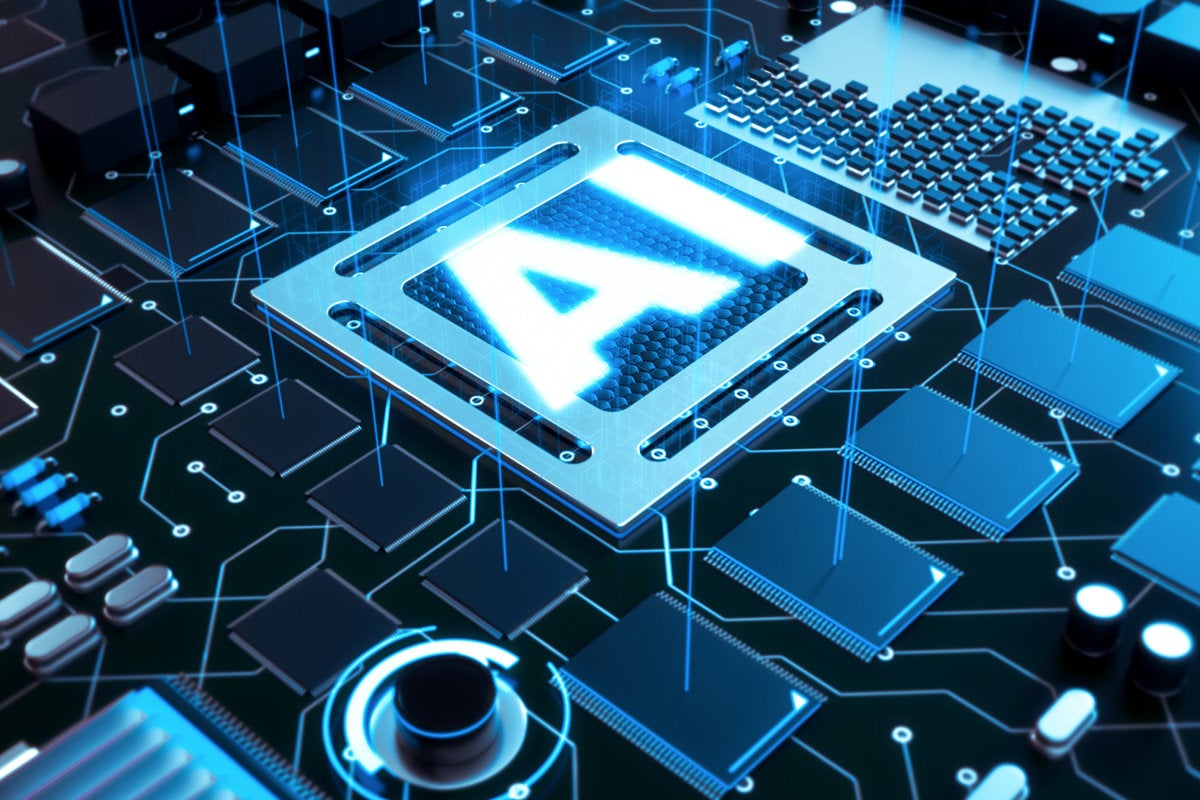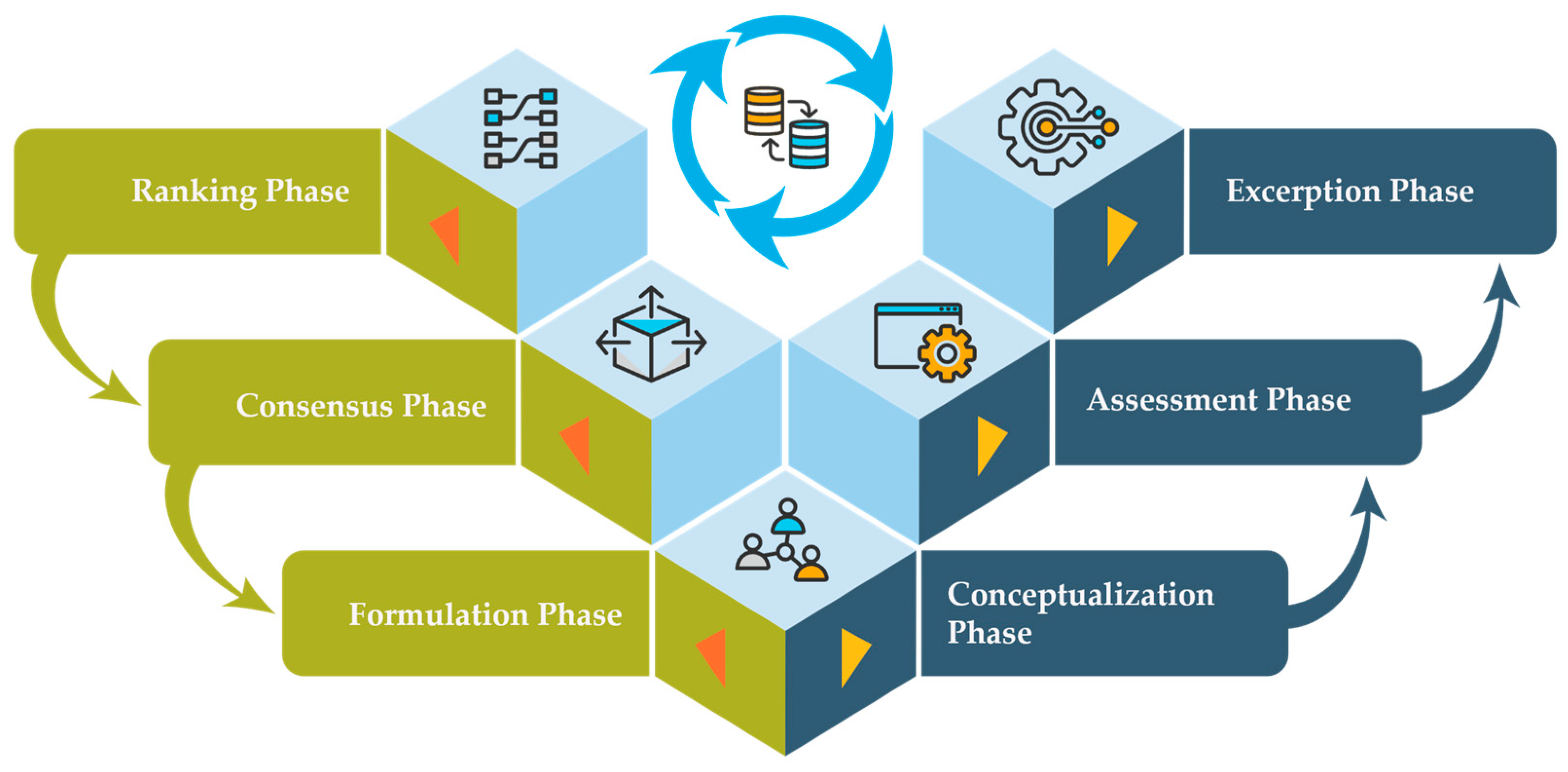Challenges and Opportunities in Powering Artificial Intelligence
Challenges and Opportunities in Powering Artificial Intelligence
The rise of artificial intelligence (AI) has brought unprecedented advancements and transformative changes across various sectors. However, there is a significant challenge that often goes unnoticed: the immense power required to run modern AI systems. This challenge, coupled with political and social dynamics, poses a complex problem that requires immediate and strategic solutions.
The Astonishing Power Needs of AI
It’s no secret that AI consumes an incredible amount of computational power. According to experts in the field, including my own experiences at DBGM Consulting, the power requirements are off the charts. To put it into perspective, running advanced AI algorithms and infrastructure for applications like real-time health diagnostics or image recognition could demand twice or even three times the current electrical output of the entire country.
Imagine the transformative potential of AI diagnosing skin cancer with near-perfect accuracy, simply by analyzing a photograph of your arm. While the benefits are clear, the computational demands to support these capabilities are colossal. It’s akin to the energy required to power New York City, exponentially increased to support AI processes.
< >
>
Unleashing American Energy
One viable solution to meet these energy demands lies beneath our feet: natural gas reserves. The natural gas found in regions like Ohio and Pennsylvania could theoretically sustain an AI-driven economy for 500 years. Despite this, political constraints and regulations are hindering the extraction and utilization of these resources. Leaders and policymakers need to reconsider these constraints to harness the available energy effectively.
“By easing restrictions on energy extraction, we could significantly bolster our AI capabilities without compromising our energy sustainability,” I have argued in previous articles, emphasizing the importance of practical energy policies in supporting technological advancements.
Meritocracy in AI Development
Another critical factor in advancing AI is ensuring that the most capable individuals are at the helm of development projects. There’s a growing concern that diversity and inclusion mandates could potentially deter companies from hiring the best talent available. While diversity and inclusion have their places in organizational structures, the debate remains whether these mandates could impede the progress of technology-centric fields like AI.
Reflecting on my time at Microsoft and my educational journey at Harvard University, I’ve always maintained that selecting the best candidate for a job can drive innovation and profitability. Elon Musk’s shift towards a merit-based hiring approach underscores this perspective. His focus is on assembling the world’s best engineers to achieve ambitious goals like Mars exploration, highlighting the impact of strategic hiring decisions on pioneering projects.
Advanced Hardware: The Foundation of AI
AI’s reliance on cutting-edge hardware, particularly advanced computer chips, cannot be overstated. Silicon Valley has historically been the nucleus of semiconductor innovation. However, China’s substantial investment in this sector poses a significant competitive threat. For the U.S. to maintain a leading edge in AI, substantial investments in creating next-generation computer chips are essential.
Building this infrastructure requires a holistic approach involving power, water, minerals, and other raw materials. The recent legislative efforts to boost American chip manufacturing, albeit well-intentioned, have been marred by stringent regulatory requirements that many argue could stifle innovation and slow progress.
<![]() >
>
Moving Forward: Strategic and Practical Approaches
To stay ahead in the AI race, we must adopt several key strategies:
- Energy Policy Reform: There is an urgent need to revisit and revise energy policies to make sustainable and substantial power available for AI purposes.
- Merit-based Hiring: Focus on meritocracy should be encouraged to ensure that the best talents drive AI innovations.
- Infrastructure Investment: We must invest heavily in advanced hardware manufacturing within the U.S. to ensure our technological and competitive edge is maintained.
As discussed in my previous articles, like Debunking the Hype: Artificial General Intelligence by 2027?, the future of AI will be shaped by these foundational elements. Unity in policy-making, innovation in energy outputs, and clear meritocratic principles are the keys to harnessing the true potential of artificial intelligence.
< >
>
Focus Keyphrase: Powering Artificial Intelligence





As someone with a background in the security industry, I find the discussion on the power needs of AI particularly compelling. While I’m skeptical about where AI is headed, I appreciate the optimism and strategic solutions offered here. The focus on energy policies and investing in advanced hardware resonates with me. Thanks for the insightful article!
This article was written to shed light on the often overlooked power demands required to run cutting-edge AI systems. I wanted to explore both the challenges and the potential solutions, emphasizing the role of energy policy, meritocracy in hiring, and hardware innovation. The goal is to inform and inspire future discussions on how we can collectively navigate these crucial issues.